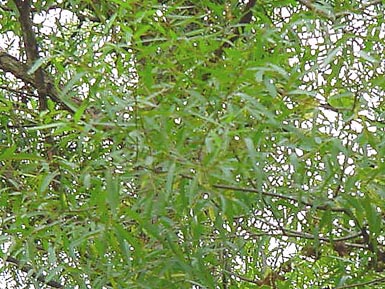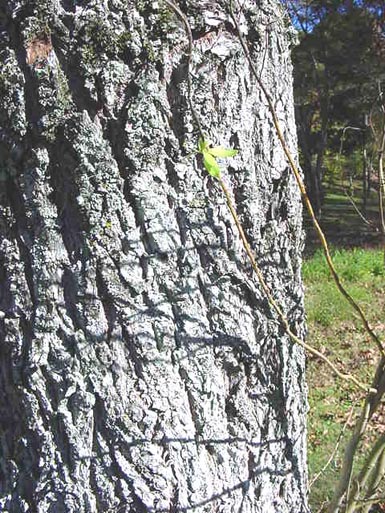Form: This is a small to medium sized tree reaching 35 to 60 ft. in height and 1 to 1 1/2 ft. in dbh. It also has a large bole and a spreading crown.
Leaves:
Arrangement: alternate
Shape: lanceolate
Margin: finely serrate
Texture: lusterous above and glabrous below
Venation: n/a

Bark: The bark is nearly black and is deeply furrowed with thick scaly ridges.

Twigs and buds: The twigs are slender and green. The buds are red brown to yellow.

Flowers and fruit: The flowers are found in aments. The fruits is slender and large.
Distinguishing characteristics: This trees leaves have a very short petiole. The twigs are slender and green. The fruit is slender, long, and ovid. The flowers are dioecious.
Range: This tree occurs from central Michigan south and east to the Atlantic coast and west to New Mexico.
Silvics: This species is very intolerant and occurs on stream banks and low areas. The tree also roots readily from stem cuttings.
Ecological and cultural importance: This species is the largest and only commercial willow. It is used in making furniture, turnery, doors, and polo balls. White-tailed deer browse twigs and leaves.